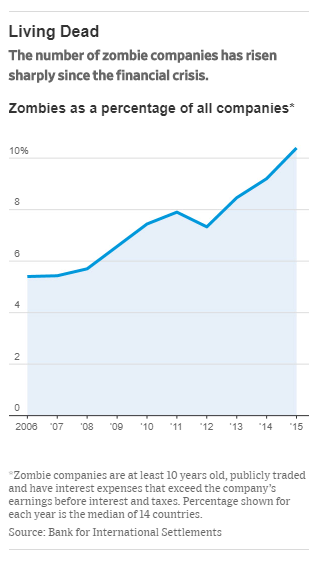(p. A15) Mr. Wu writes with elegance, conviction, knowledge–and certitude. But he goes over the top in his effort to slay the dragon of the so-called Chicago School of antitrust analysis, which finds its clearest expression in the late Robert Bork’s influential 1978 book, “The Antitrust Paradox.” Bork and the Chicago School insist that “consumer welfare” should be the sole standard for antitrust law. Nothing else matters.
. . .
The deeper source of philosophical disagreement, however, lies in Mr. Wu’s self-proclaimed “neo-Brandeisian” attack on Bork’s underlying worldview. First, Mr. Wu claims that Bork’s consumer-welfare theory shows too little solicitude toward the small businessman, who can be steamrolled by larger businesses with greater economic power. Second, Mr. Wu claims that Bork’s thesis ignores the perverse influence that dominant firms exercise on the overall political system.
Against both challenges, Bork’s position holds up reasonably well. As to the first, the protection of the small businessman comes at a high price. It forces consumers to do business with small firms that may well have a local geographical monopoly, which would be undercut by a larger firm offering better goods at lower prices.
. . .
Similarly, both Brandeis and Mr. Wu have an oversimplified vision of political markets, for economic dominance need not translate into political dominance. Companies like Google and Facebook today enjoy dominant positions with their search engines or social-media platforms, but they face massive political opposition, not only from regulatory authorities but also from skilled political operatives–activist groups, litigation centers, unions, trade associations–who can make their lives a public-relations nightmare.
. . .
Finally, Mr. Wu’s Brandeis fixation blinds him to the distinctive features of modern antitrust litigation, which must contend with often complicated economic arrangements and effects. When American Express tried to prevent its merchants from steering their customers to credit-card companies that charge lower fees to retailers, it was hit with an antitrust lawsuit. But the Supreme Court this year upheld the policy, claiming that it didn’t result in an abuse of market power but was pro-competitive because of indirect effects that improved the benefits to Amex card holders. With his over-concern with bigness per se, Brandeis had nothing to say about these novel issues, and neither, alas, does Mr. Wu.
For the full review, see:
Richard A. Epstein. “BOOKSHELF; Revisiting the Gilded Age; Are Google, Facebook, Apple and Amazon akin to the dominant “trusts” of the late 19th century–and thus deserving of antitrust action?” The Wall Street Journal (Monday, Dec. 3, 2018): A15.
(Note: ellipses added.)
(Note: the online version of the review has the date Dec. 2, 2018, and has the title “BOOKSHELF; ‘The Curse of Bigness’ Review: Revisiting the Gilded Age; Are Google, Facebook, Apple and Amazon akin to the dominant “trusts” of the late 19th century–and thus deserving of antitrust action?”)
The book under review, is:
Wu, Tim. The Curse of Bigness: Antitrust in the New Gilded Age. New York: Columbia Global Reports, 2018.
The Bork book mentioned in the review, is:
Bork, Robert H. The Antitrust Paradox: A Policy at War with Itself. New York: The Free Press, 1993 [first published 1978].

